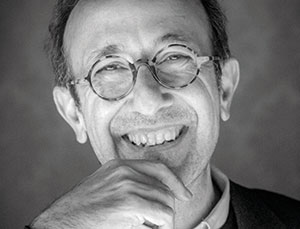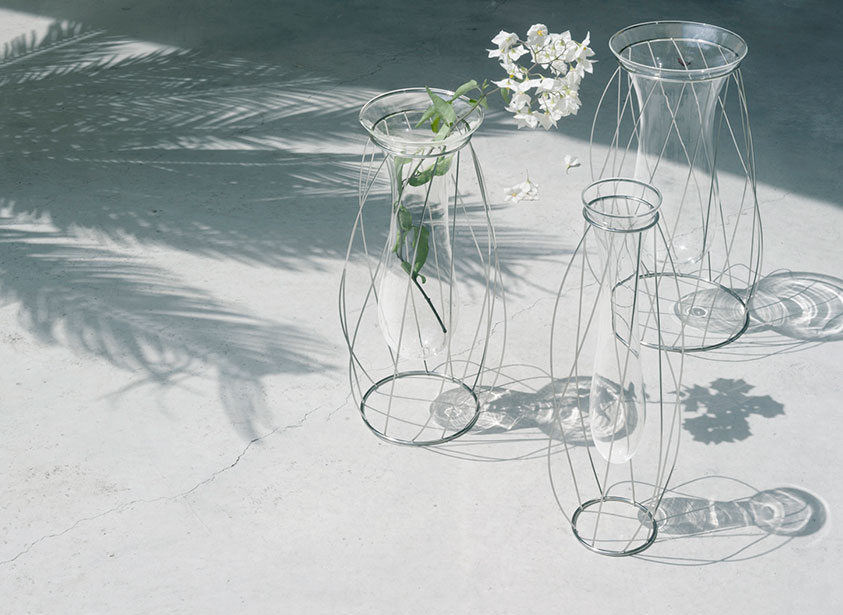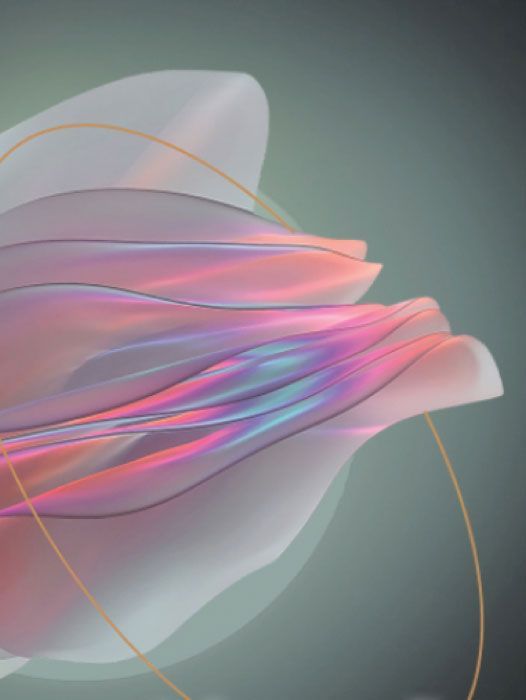
Mario Trimarchi
Master's in Product Design
Year of Graduation: 1984
Current role: Founder and designer, Fragile; faculty member, NABA
Country: Italy
After getting his five-year architecture degree, Sicilian-born Mario Trimarchi received his Master in Industrial Design at Domus Academy in its founding year, 1984, thus beginning a long collaboration with the school.
After getting his five-year architecture degree, Sicilian-born Mario Trimarchi received his Master in Industrial Design at Domus Academy in its founding year, 1984, thus beginning a long collaboration with the school.

In the early 1990s, Mario directed the Master in Design at Domus Academy and later headed the Domus Design Agency, a joint venture between Domus Academy and Mitsubishi aimed at promoting Italian design culture in Japan. He also directed the school’s Visual Design Center.
In 1999 he founded Fragile, a corporate identity studio, where he works on strategic positioning and communication projects for companies such as Alessi, Banca Intesa, and Artimide, and institutions like the Poste Italiane and the Venice Biennale.
For nearly ten years he was part of the Olivetti Design Studio. Since 2013, he has taught the Brand Design Course as part of the Master of Arts in Product Design degree at Domus Academy’s sister school, NABA.
His objects are centered on the relationship between unstable geometries and sculpture and are almost always accompanied by drawings and small illustrated stories. He designs for Alessi with a certain continuity, creating unexpected products, including baskets and trays such as La Stanza dello Scirocco (which won the Good Design Award 2010) and the silicone drum series and copper moulds Il Tempo della Festa (which won the Design Plus award 2013 and a Mention of Honor at the XXIII ADI Gold Compass).
In 2014, he designed the Ossidiana coffee maker, winning the prestigious XXIV ADI Gold Compass Award and the Red Dot Award.



Discover the exclusive projects created by Mario Trimarchi during his professional career.




“I studied at Domus Academy during its founding year. The enthusiasm was gigantic; it was an experiment that in that period did not resemble other similar experiences.
We were only thirty students coming from all parts of the world. We worked with teachers chosen among the best designers in Milan, and with an extended set of visiting professors with very different personalities and experiences.
I have a very rich and positive memory of a year spent in a climate of continuous adrenaline, together with Andrea Branzi, Ettore Sottsass, Mario Bellini, Clino Castelli, Pierre Restany, Gianfranco Ferrè …
Andrea Branzi, at the end of the course, asked me to stay as his teaching assistant, and after five years, after the management of Ezio Manzini, I had the responsibility of directing the design course. This was a very intense period in which I tried to maintain the absolute autonomy of design issues compared to the professional demands of the industrial world, and I tried to open up the issues of Design Direction and Service Design.”
It was a stubborn exploration into the meaning of design, with a constant spirit of questioning aesthetic choices.
From 1990 to 1993, it still seemed to me that directing a school could be the best way to understand change—constantly formulating new questions and opening up new problems instead of providing answers and solutions.”


























